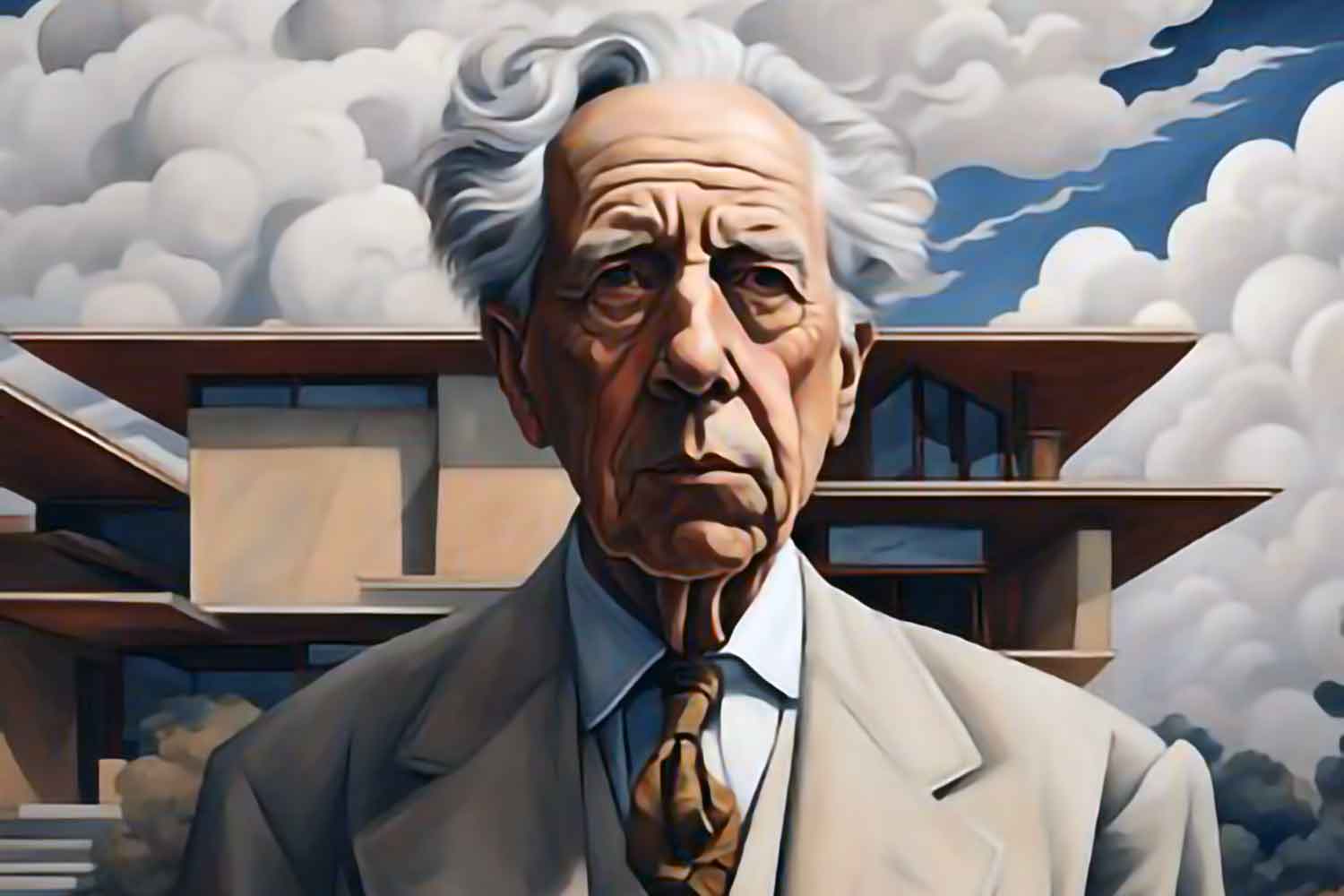
Frank Lloyd Wright vs. AI: Would the King of Curves Swipe Left on Artificial Design?
Frank Lloyd Wright was basically the OG of organic architecture—long before "biophilic design" became an Instagram hashtag. He was out here advocating for buildings that vibe with nature, not bulldoze it. To him, good architecture meant syncing human life with the natural world like it was a perfectly curated playlist.
Now, if you told Wright that artificial intelligence (AI) is the “future of creativity” in architecture and interior design, he’d probably arch an eyebrow, sip his tea, and politely ask, “Future of *what* now?”
Wright’s design gospel was built on a holy trinity: originality, craftsmanship, and the belief that the human brain is the ultimate creative flex. He thought design should be deeply human, rooted in the real world, and tailored to the messy beauty of life—not just spat out by a fancy calculator with delusions of grandeur.
Sure, AI can whip up a slick floor plan faster than you can say “mid-century modern,” but it’s missing the one thing Wright cared most about: soul. So here’s what he might’ve said if he were alive today—and mildly annoyed:
In short, Wright wouldn’t cancel AI—he’d just tell it to stay in its lane. Use it to crunch numbers, fine-tune HVAC systems, maybe generate some mood boards. But when it comes to creativity? That stays a human game.
Because let’s be real: a building isn’t just walls and windows—it’s emotion, culture, memory, and meaning. And last we checked, algorithms don’t feel nostalgia, fall in love with sunlight, or cry over brick patterns.
So yes, AI can assist. But let’s not hand over the blueprints of the future to the bots just yet. Wright would’ve said: “Keep the tools. But let the humans create the magic.”
Joe Rommel
Having designed houses on the North Shore of Vancouver, BC for the last 30 years, Joe is a registered and certified building designer with the Applied Science Technologists and Technicians of BC (ASTTBC).
Leave a Reply